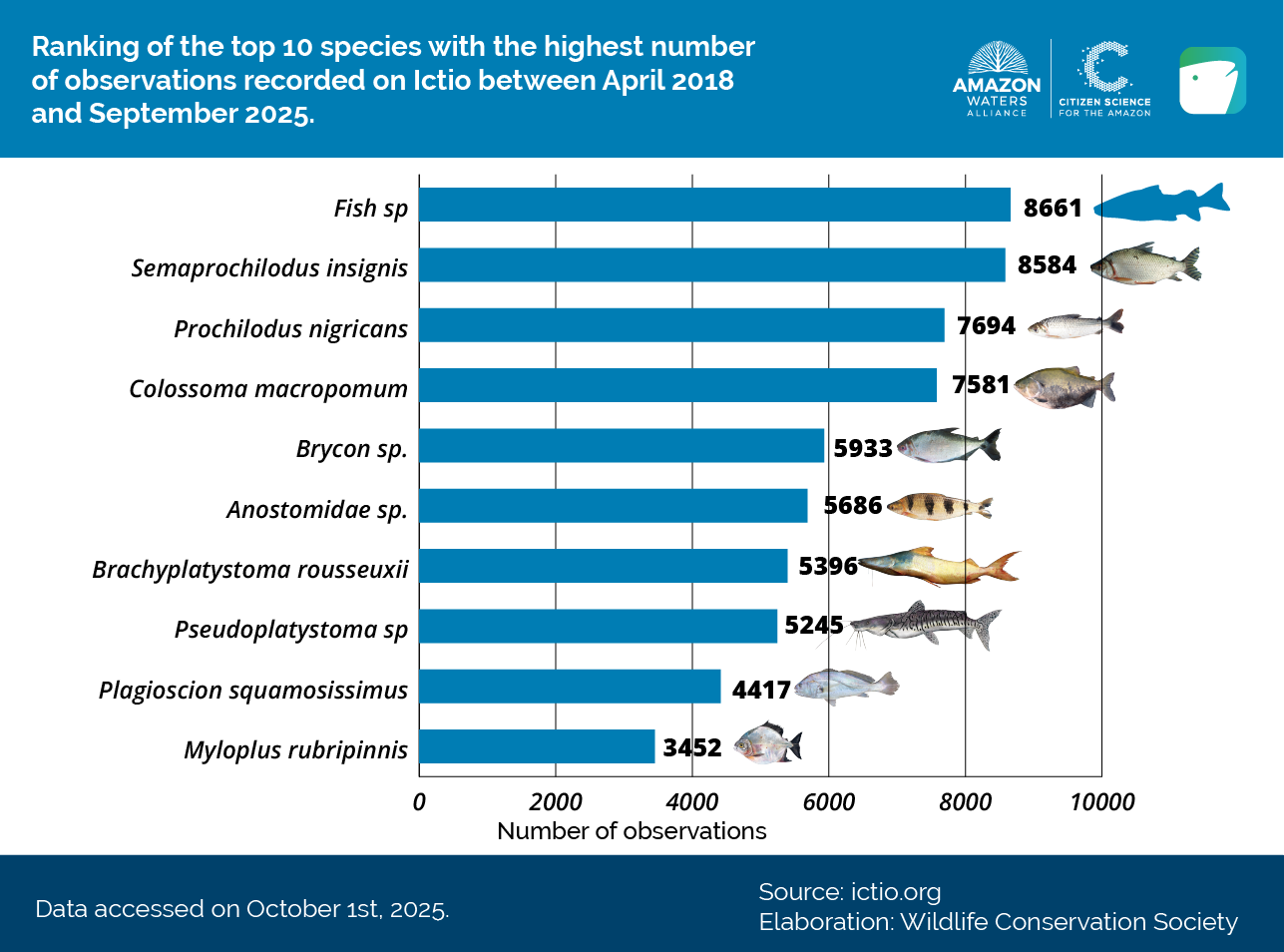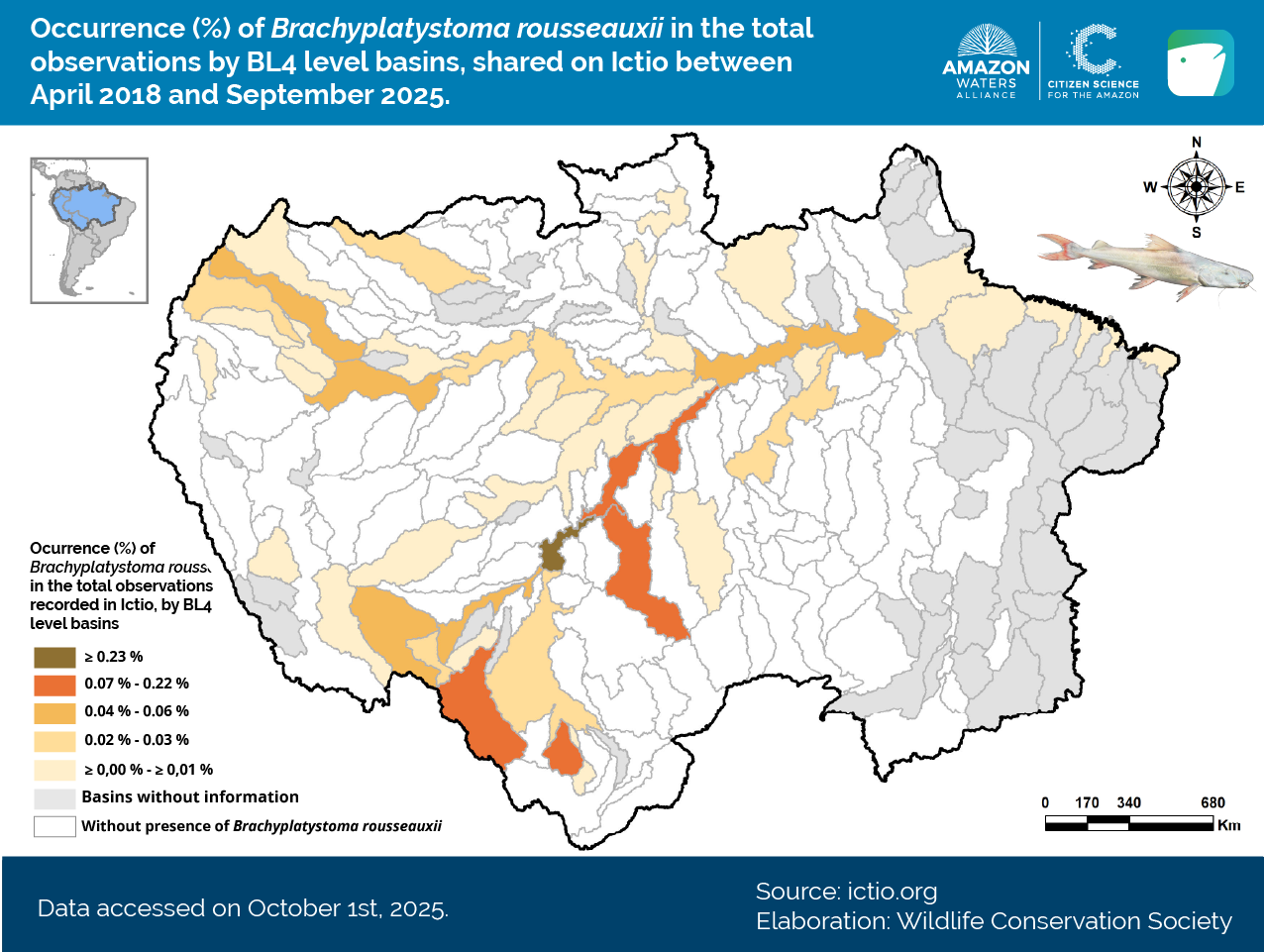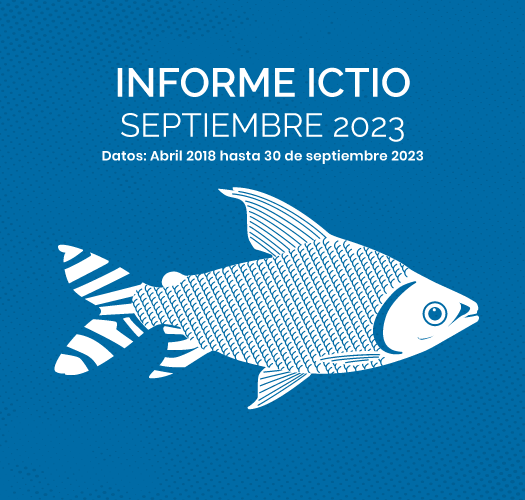
Ictio has recorded 133,305 observations of 121 species/groups of fish from 85,987 fishing events (Figure 1).
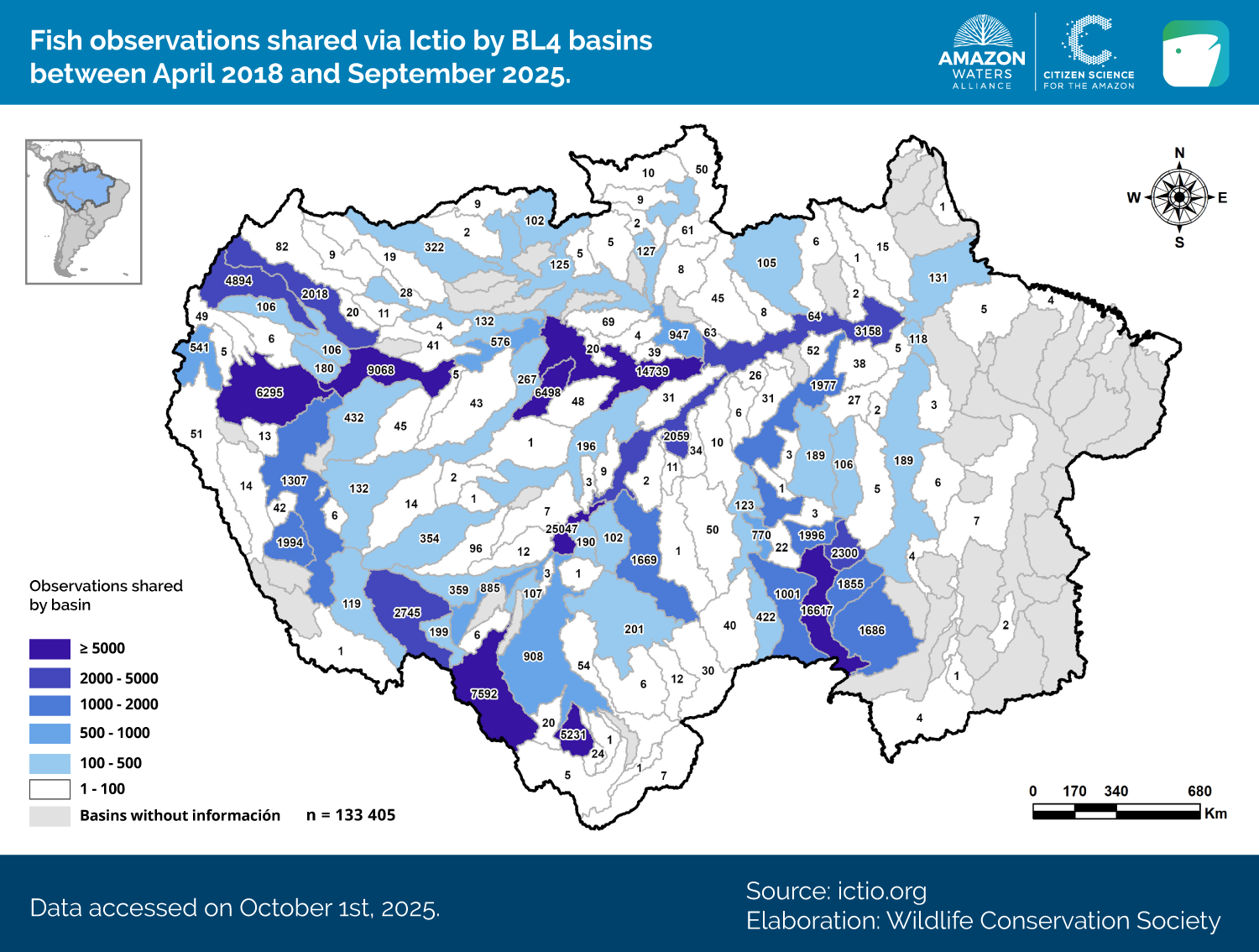
Figure 1 – As of September 30, 2025, Ictio accumulated 133,305 fish observations across 85,987 lists (fishing events). This information was recorded in 152 (77%) of the 198 fourth-level sub-basins of the Amazon.
A total of 732 citizen scientists and organizations contributed data across 152 fourth-level sub-basins (BL4)* of the Amazon (equivalent to 77%).
Between June and September 2025, the sub-basins with the highest growth in records were located in Brazil: “Apiacás” with a 69% increase, “upstream Madeira – Jamari” with 14%, and “Arinos” with an 11% increase. (Figure 2).
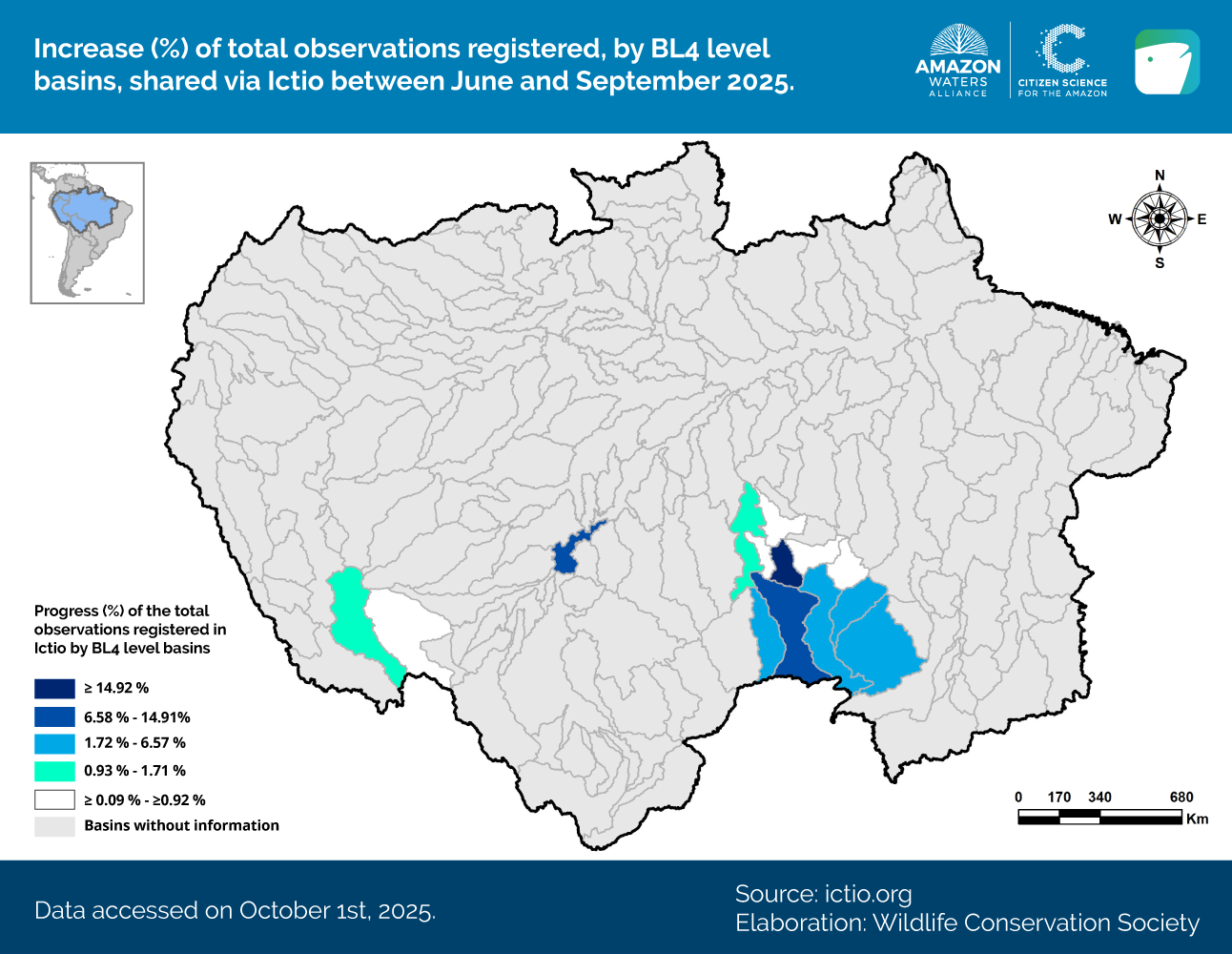
Figure 2 – Increase in Ictio records by BL4 level sub-basin between June and September 2025.
Registered Species
After further review and validation of the data, the category “Other fish,” which includes all species not yet listed in Ictio, reached 8,661 records. Of the 121 species/groups of fish registered in Ictio, the yaraquí (Semaprochilodus insignis) is the most recorded species (8,584 observations), followed by the bocachico (Prochilodus nigricans) with 7,694 observations and the gamitana (Colossoma macropomum) with 7,581 observations.
The bocachico is a medium-distance migratory characid with significant commercial importance throughout the basin, especially in the Andean/Western Amazon region (Figure 3).
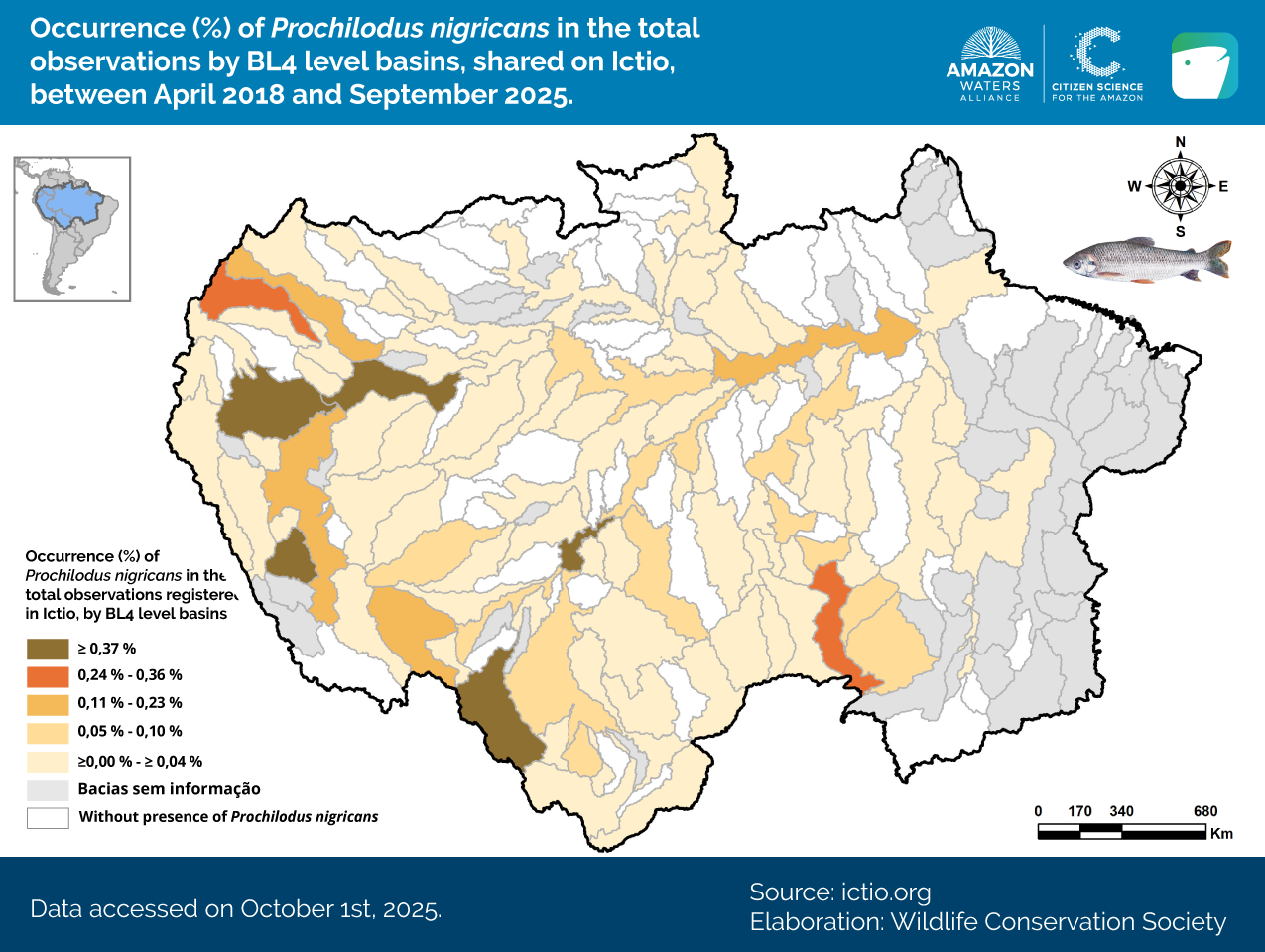
Figure 3 – Map of curimatã (Prochilodus nigricans) occurrence according to Ictio records as of 30 September 2025.
Ictio shares data with “Integra Pesca”
During this quarter, Brazilian fishing data from the Ictio platform was shared with the Ministry of Fisheries and Aquaculture (MPA) Integra Pesca Project. The project aims to consolidate information on artisanal fisheries in the Brazilian Amazon by integrating existing datasets on fish production. This collaboration reflects contributions from civil society, academia, and government authorities and highlights the role of citizen participation through monitoring efforts that inform public policies for fisheries management in the Amazon.
Integra Pesca received 84,206 records from Ictio, with major contributions from the sub-basins “Madeira – Jamari upstream,” “São Manoel – Peixoto de Azevedo upstream” (Tapajós River basin), and “Amazonas/Solimões – between Juruá and Negro” (main channel of the Amazon). These data result from the work of Ecoporé, the Federal University of Rondônia, the Federal University of Mato Grosso, and the Mamirauá Sustainable Development Institute, together with local fishers in Brazil. All shared information complies with Ictio.org’s data access policy and excludes sensitive details such as the identity or location of fishers.
The shared data also showed that the yaraquí (Semaprochilodus sp.) is the species with the highest number of observations in the Brazilian Amazon, underscoring its commercial relevance, particularly in the Central Amazon (Figure 4).
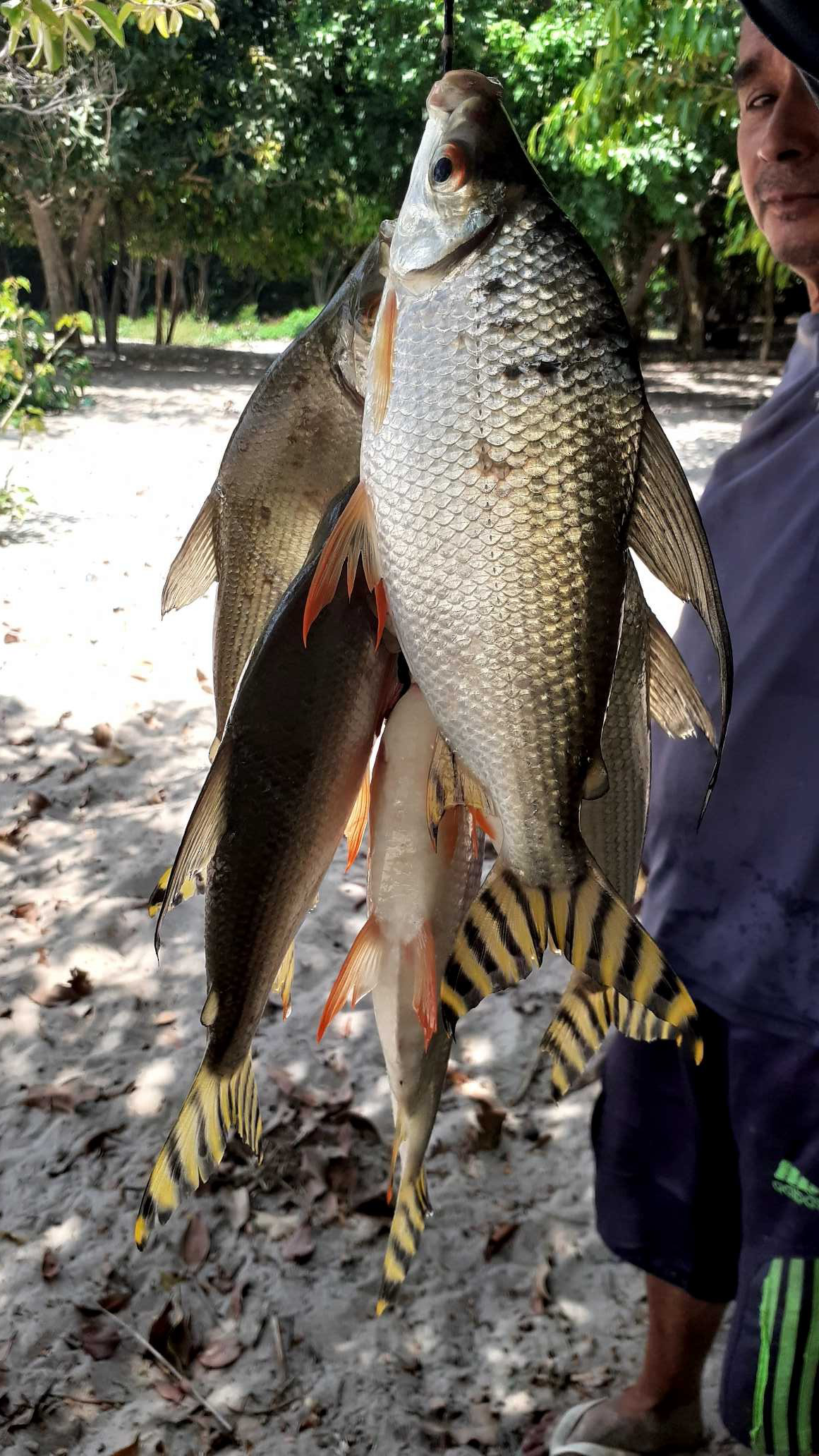
Figure 4 – Yaraquís recorded by an Ictio user in the Tapajós River, Brazil.
*(Learn more about the basin classification used by Ictio, see Venticinque et al., 2016 – “New Geographical Information System (GIS) on Rivers and Basins for the Conservation of Aquatic Ecosystems in the Amazon”).
GLOSSARY
Checklists: Lists of fish caught in a fishing event.
BL4 Basins: Basin level 4 is the scale that delineates all tributary sub-basins between 10,000 km² and 100,000 km².
Observations: Records of species/groups of fish species caught in the Amazon Basin.
Users: Amazonian citizens using the ICTIO application or platform, consisting mainly of local and indigenous peoples, individual fishers, management groups, associations of fishermen, and scientists.

This note is made possible thanks to the support of the Gordon and Betty Moore Foundation. The content is the responsibility of the Wildlife Conservation Society and does not necessarily reflect the views of the Moore Foundation.


